- Future of Business w/ Delaney McGuire
- Posts
- Product-Led Growth: How to Maximize User Activation & Retention
Product-Led Growth: How to Maximize User Activation & Retention

The Secret Sauce in Product Development
In a recent interview I conducted with Noom’s Product leader Narek Tamoyan, Narek shared how product-led growth strategies had been the key that unlocked their explosive growth to over 45,000,000 users and a $4.7 billion valuation. I’ve used similar strategies in my career to grow OptumRx’s mobile app revenue by $12,000,000 ARR, and have found early success deploying these strategies in my health startup NoTox.
Building product-led growth into your technology product requires a deep understanding of your users, your product, and your business. Product-led growth is an approach to growth that focuses on building a product that is so valuable and intuitive that it drives user acquisition, engagement, and retention. In this manual, we'll provide you with a step-by-step guide to building product-led growth into your technology product.

Step 1: Define your North Star Metric
The first step in building a product-led growth strategy is to define your North Star Metric. This is the one metric that captures the core value your product delivers to users. For example, if you are building a social media platform, your North Star Metric might be Daily Active Users (DAU) or Monthly Active Users (MAU). Once you have identified your North Star Metric, you can begin to track it and use it to guide your product development and marketing efforts.
In my conversation with Narek, he shared that Noom focused on activation, which the team would define as the core action the users are taking on a daily basis within the app that is driving value (and long-term transformation) for the user. One example for noom is the metric of logging meals daily.
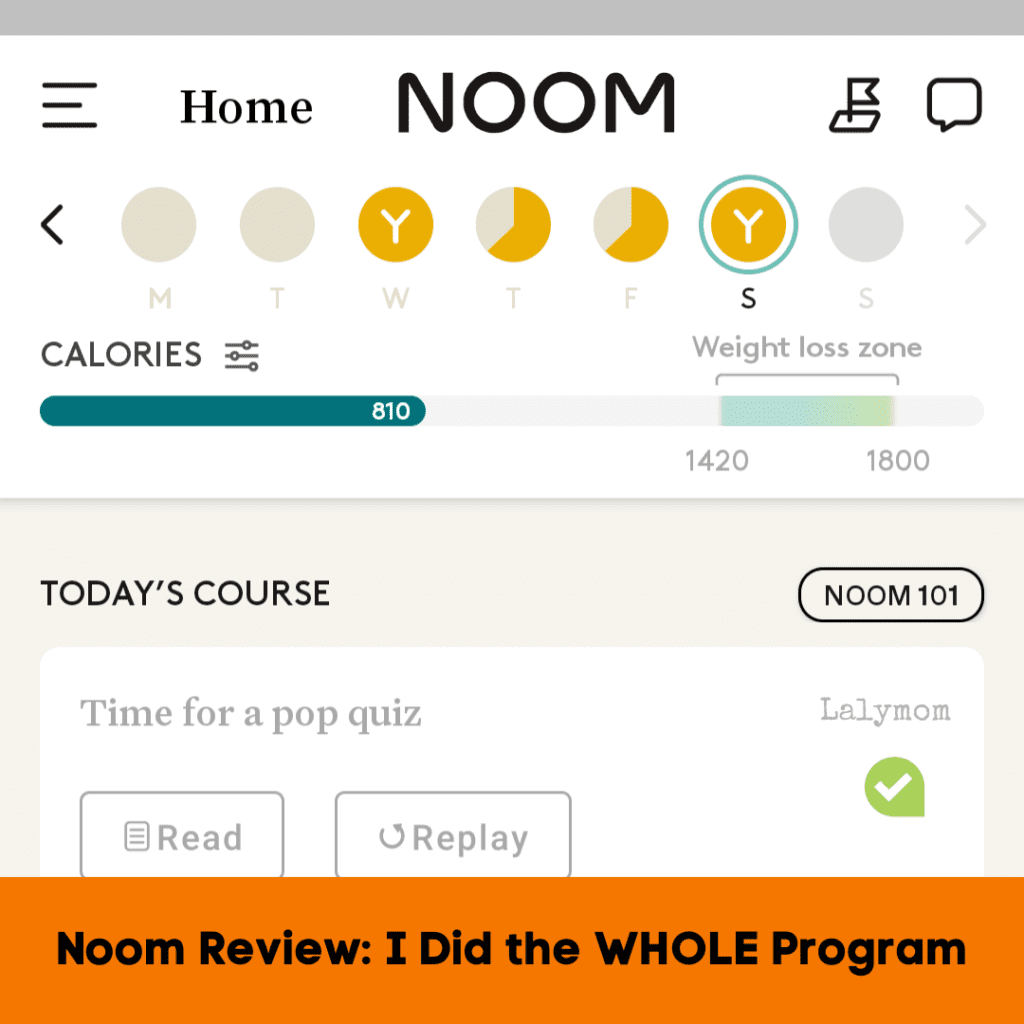
Step 2: Build a Product that Solves a Pain Point
To achieve product-led growth, you need to build a product that solves a real pain point for your users. Conduct user research to identify the needs, challenges, and aspirations of your target users. Use this information to design a product that addresses their pain points and delivers value in a way that is intuitive and easy to use.
Personally, my favorite example of this in the marketplace is Instacart. People don’t like spending hours shopping for groceries. Boom. Just like that they’ve created a massive marketplace and economy.
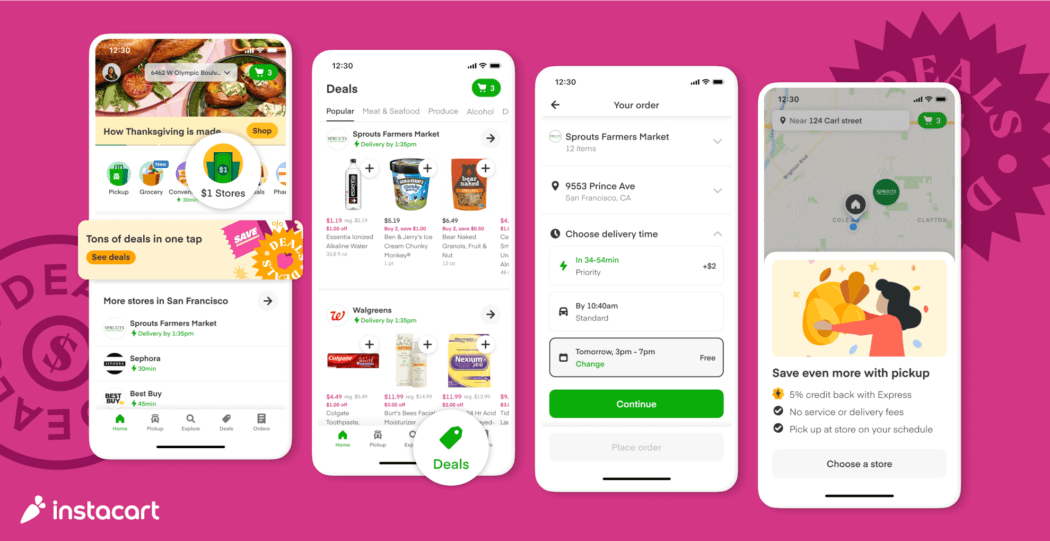
Step 3: Leverage Viral Loops to Drive Growth
One of the key drivers of product-led growth is viral loops. A viral loop is a self-reinforcing mechanism that drives user acquisition and engagement. To leverage viral loops, you need to build features that encourage users to invite their friends and colleagues to use your product. For example, you could offer users incentives for referring new users or build social sharing features into your product that make it easy for users to share their experiences with others.
A great example of this in wellness tech is Headspace’s buddy mediation feature:
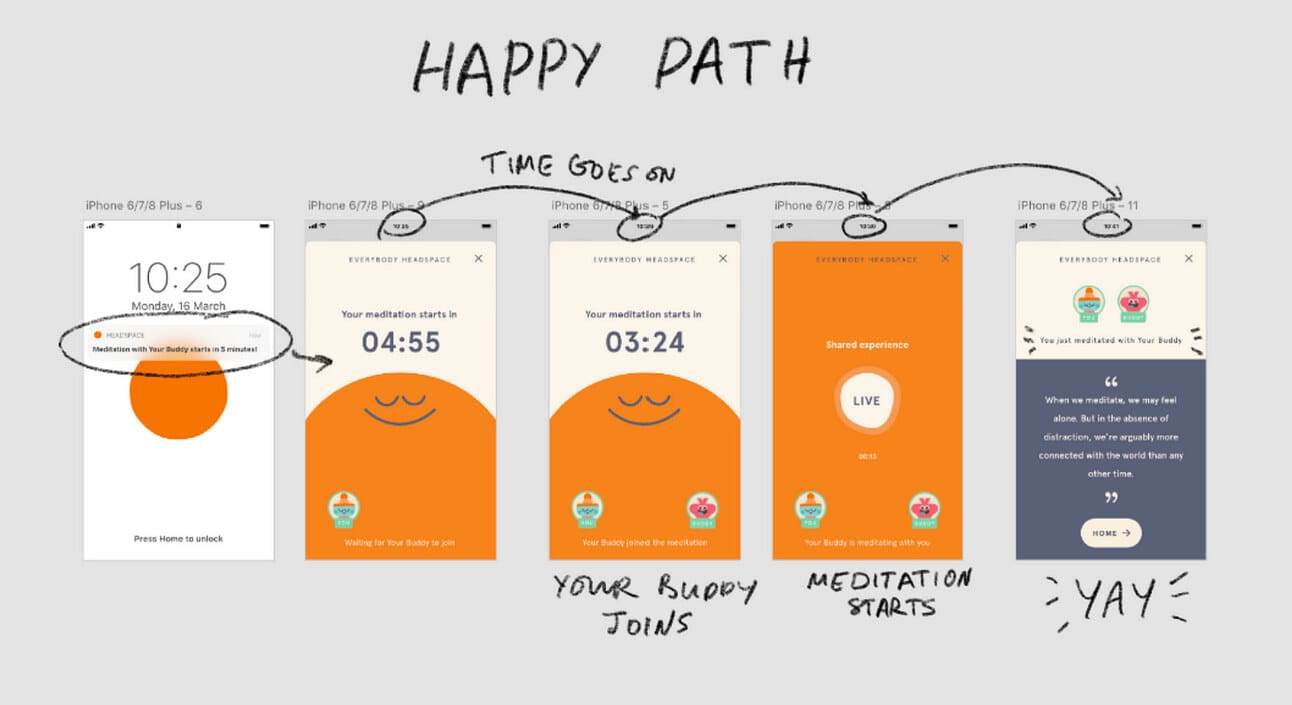
Step 4: Use Data to Drive Product Development
To achieve product-led growth, you need to constantly iterate and improve your product. To do this, you need to collect and analyze data on user behavior, engagement, and retention. Use this data to identify areas of your product that need improvement and to prioritize new features and improvements.
Peloton is a great example of this. They use a sophisticated tech stack to collect and analyze data on user behavior, engagement, and retention from its connected fitness equipment, app, and digital membership program. With the help of a team of data scientists and advanced analytics tools such as machine learning and predictive modeling, Peloton found that they could increase user engagement and retention, by introducing the "Stacked Classes" feature that allows users to take multiple classes back-to-back.
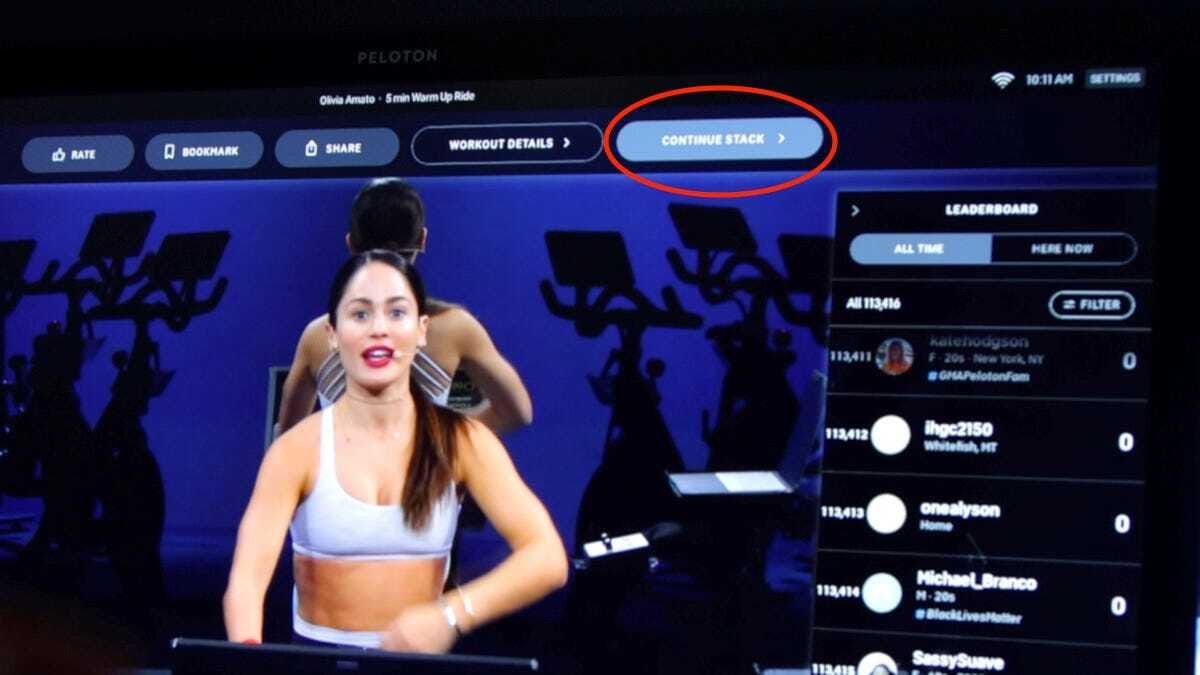
Step 5: Focus on User Activation and Retention
Product-led growth is not just about acquiring new users, it's also about retaining them. To achieve this, you need to focus on user activation and retention. Activation is the process of getting users to take a specific action that delivers value, such as creating a profile or completing a task. Retention is the process of keeping users engaged with your product over time. To improve activation and retention, you need to design onboarding experiences that are intuitive and easy to use and build features that encourage users to return to your product on a regular basis.
Noom does a phenomenal job at both of these, which I discovered as a user and ultimately led to me reaching out to Narek for a conversation. Noom onboards users with a lengthy assessment, uncovering your greatest personal goals, reservations & insecurities, and provides you with a personalized experience supporting you in each of those key areas respectively.
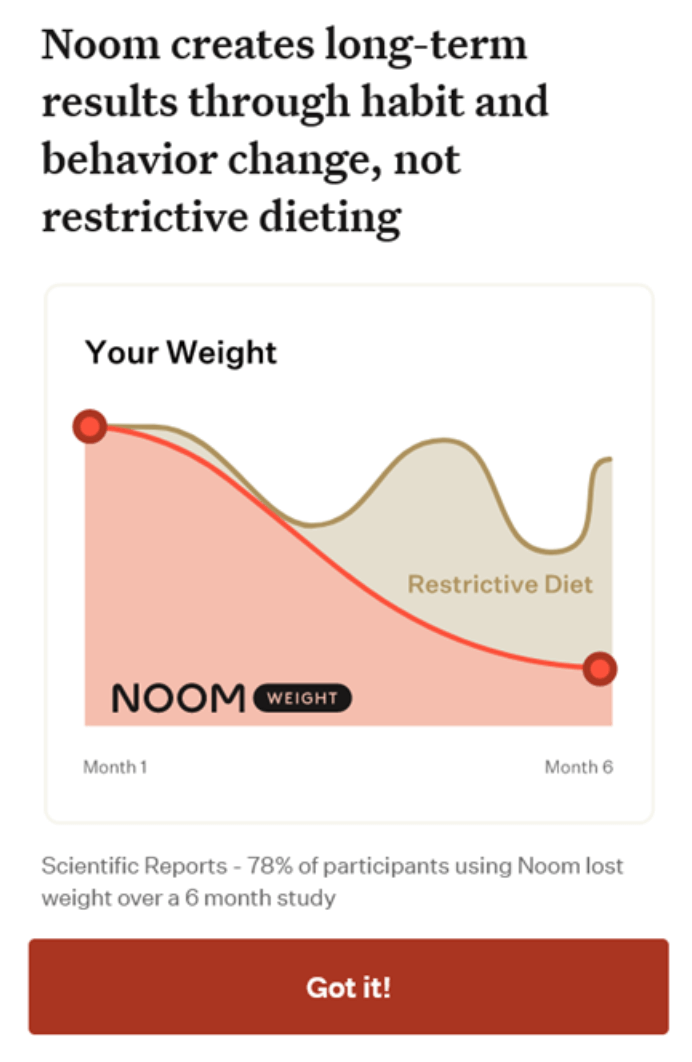
Step 6: Optimize for Product-Market Fit
Product-led growth requires a product that fits the market it serves. To achieve this, you need to continuously monitor user feedback and make changes to your product to improve its fit with the market. Use user feedback to identify areas of your product that need improvement and prioritize changes that will deliver the most value to your users.
There are several great tools on the market that can be embedded into wellness apps for user feedback, including Apptentive, Mixpanel, UserTesting, and UserVoice (none of these are sponsors of this post, just genuinely find them valuable). These tools allow for in-app surveys, user testing, and feedback collection to help companies better understand their users and improve their products.
Step 7: Measure and Improve Your Product-Led Growth Metrics
This should go without saying… but to achieve product-led growth, you need to measure and improve your product-led growth metrics. These metrics may include user acquisition, engagement, and retention. You can use standard metrics, or identify your own based on your unique user journey. Identify the key actions that drive lasting engagement & utility, and constantly monitor them as you launch new features. Use these metrics to identify areas of your product that need improvement and prioritize changes that will deliver the most value to your users.
TLDR;
Building product-led growth into your technology product requires a deep understanding of your users, your product, and your business. By following the steps outlined above, you can tap into the same caliber of growth seen in Noom, Headspace, Peloton, and more. Hapy building 🚀